Bela krajina is a green corner of Slovenia that many have not yet discovered
In the southern corner of Slovenia, tucked between a river and the Croatian border, lies Bela krajina – White Carniola.
This green, rolling region, separated from the rest of the country by the high slopes of the Gorjanci and Kočevski Rog mountains, may at first glance seem like an isolated land, but it holds one of the most unique chapters of Slovenian heritage, from ancient customs and rich history to untouched nature and rivers that wind through forests and vineyards.
Geographically speaking, Bela krajina begins where the Kolpa River bends westward, forming a natural border with Croatia. It stretches south of Novo Mesto, encompassing the valley of the Lahinja River and extending to the remote villages along the Kolpa Valley, where the land gradually descends toward the Croatian hinterland.

Bela krajina – White Carniola, Photo: Jošt Gantar, www.slovenia.info
TOWNS THAT HOLD THE STORY TOGETHER
The region is most often divided into three main centers: Metlika, Črnomelj, and Semič, which together shape the cultural and social heart of the area.
Metlika is one of the oldest settlements in this part of Slovenia and the most historically significant stronghold in the region. The small town sits right next to the Kolpa, and its old castle and baroque churches tell stories of centuries of turbulent times. We have already written more extensively about Metlika in a separate article, so if you would like to dive deeper into its story, take a look here.
North of Metlika, the road leads to Črnomelj, a town that breathes with the Kolpa and lives at the crossroads of historic trade and modern creativity. Črnomelj is not just an administrative center, it is also a place where the identity of Bela krajina has been layered over centuries. Numerous folklore festivals take place here, and every spring the town comes to life with wine days, when the streets fill with local wine and song.
Halfway between Črnomelj and Metlika lies Semič, surrounded by rolling vineyard-covered hills and fragrant fields. Throughout history, Semič has been notable for its underground springs and limestone caves, as well as its established wine-growing tradition, which continues to this day.
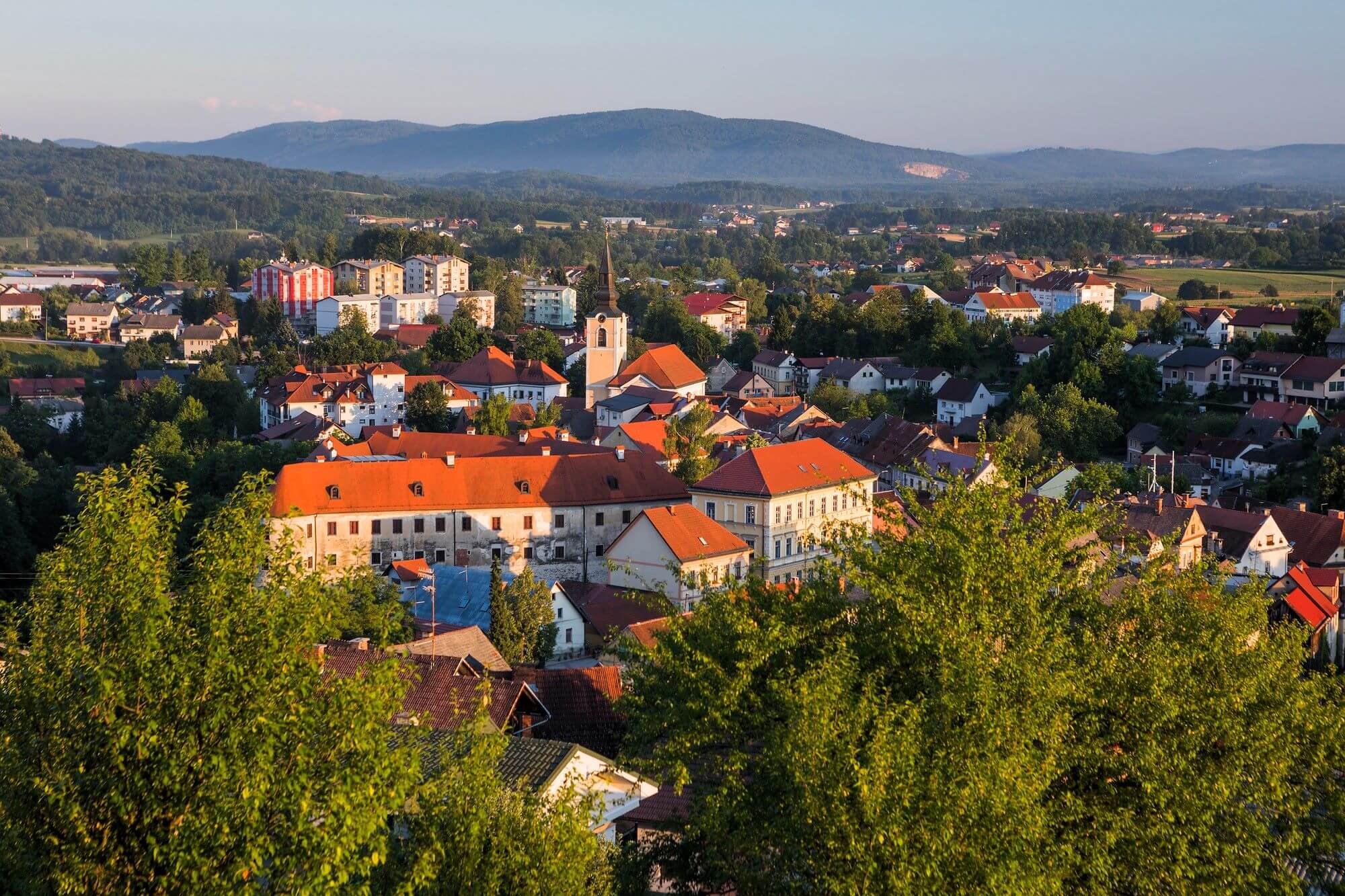
Metlika, Photo: Jošt Gantar, www.slovenia.info
A RIVER THAT SETS THE PACE
One of the most striking natural features of the region is the Kolpa River. It is not just a river, but a natural border, a lifeline, and a summer retreat. In its calmer sections, especially during hot months, it turns into a warm, shallow river ideal for swimming. Its winding flow carries the scents of the forest, hidden riverbeds, and a silence broken only by the song of crickets.
Many consider the Kolpa Valley to be one of the cleanest natural areas in Slovenia, and the village of Vinica, also known as the birthplace of poet Oton Župančič, adds cultural depth to the story.
IN THE SHELTER OF THE LAHINJA RIVER
Among the rivers that shape the landscape, the Lahinja also holds a special place. Its flow passes through the heart of Lahinja Landscape Park, one of the most beautiful and tranquil protected areas in Slovenia. Here, time seems to stand still.
Wetland habitats, old mill structures, and shaded forest trails make this area perfect for those seeking peace and a connection with nature. You can find a detailed overview of this fascinating place in the article about Lahinja Landscape Park, where more about its features is revealed.

Lahinja Landscape park, Photo: Jošt Gantar, www.slovenia.info
WHERE CAMPING MEETS SILENCE
Even deeper in the green heart of the region, right by the Kolpa, is located Podzemelj Camp. This place is not only ideal for relaxation but also for exploration. On water or by bike, visitors discover the natural rhythms of the region. Nature is not just a background here; it surrounds you. You can read more about this blend of nature in the dedicated article about Podzemelj Camp.
A FLAVOR THAT STAYS WITH YOU
Bela krajina also has its distinct flavor, and that is the Bela krajina flatbread. This is not just ordinary bread, but a symbol of hospitality. It is served warm and cut in the shape of a cross. Its recipe and method of preparation are so unique that the bread has earned a protected designation of origin. It is served during special occasions, but also when you simply want to say welcome.
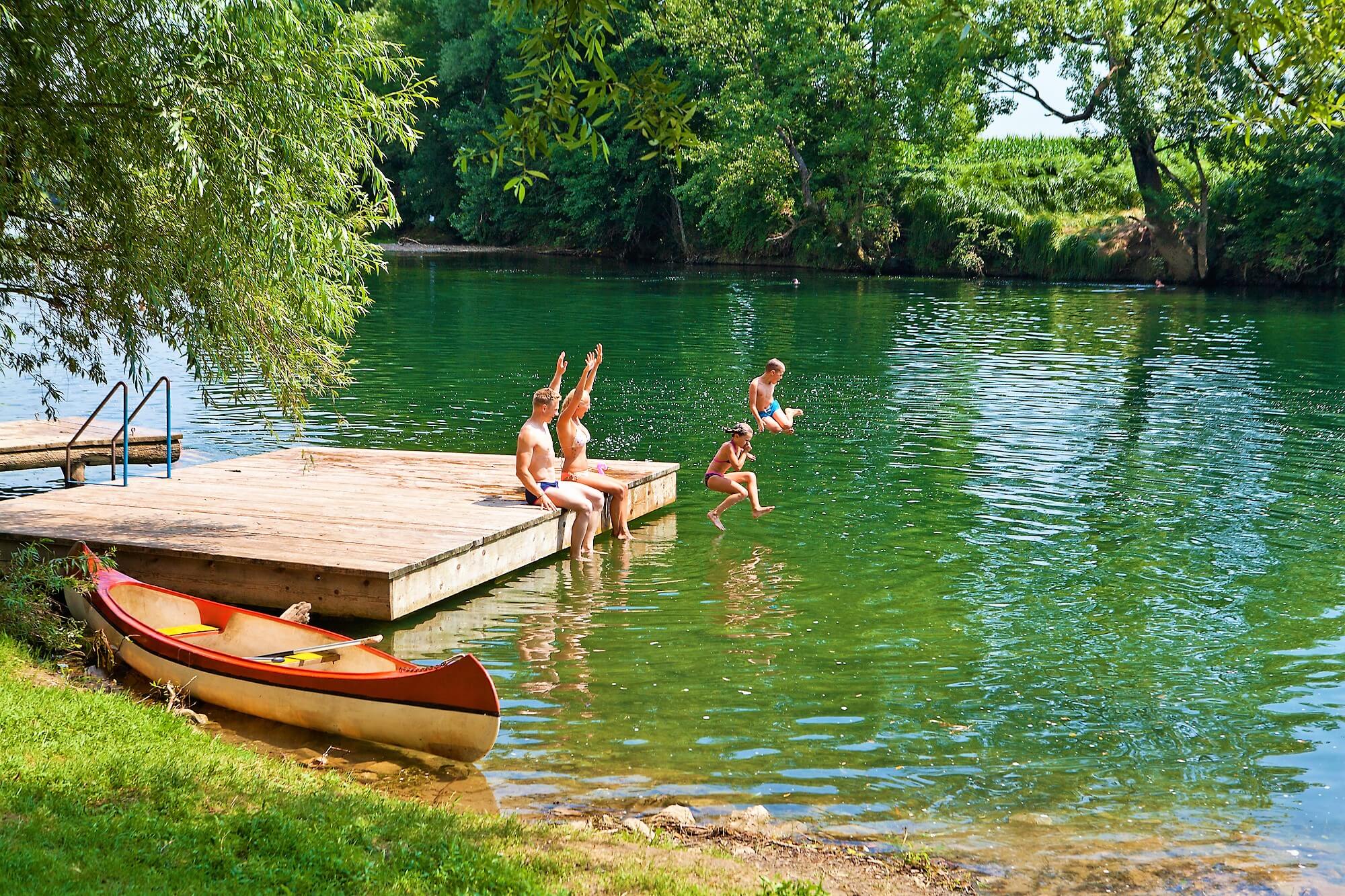
Podzemelj Camp, Photo: Jošt Gantar, www.slovenia.info
Bela krajina is not a region where you rush from one landmark to another. It is a space for slow discovery, where every village has its own story, every river its whisper, and every hill a view that calms. It may not be spectacular at first glance, but that is exactly why it leaves a lasting impression.
If you need a break from the overexposed parts of Slovenia, come here. To the green stretch between the Kolpa and the Gorjanci, where the past is remembered, nature is respected, and life flows to the rhythm of old songs whispered from one generation to the next.

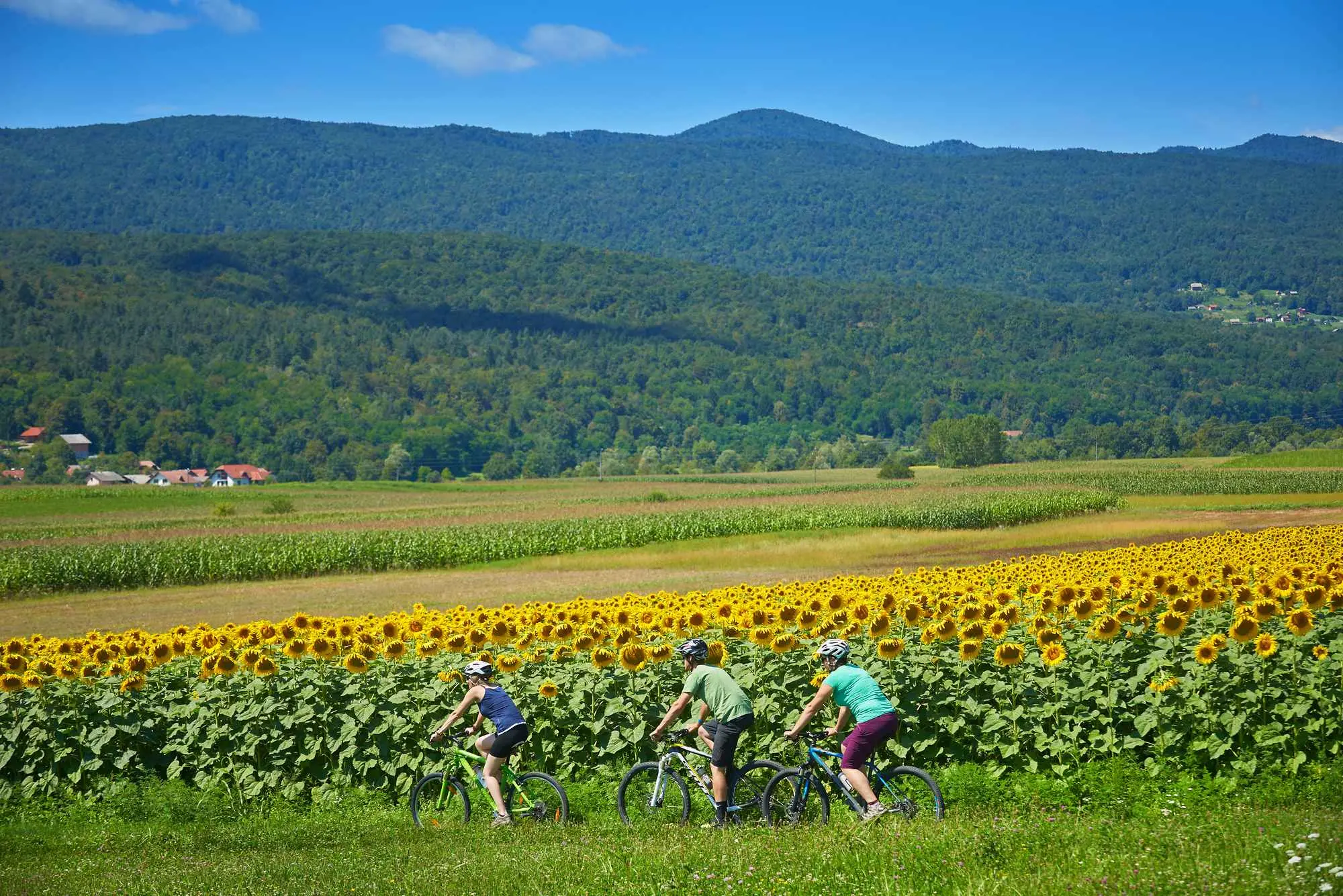
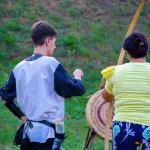
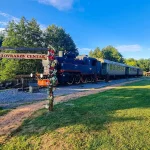
Leave a Reply